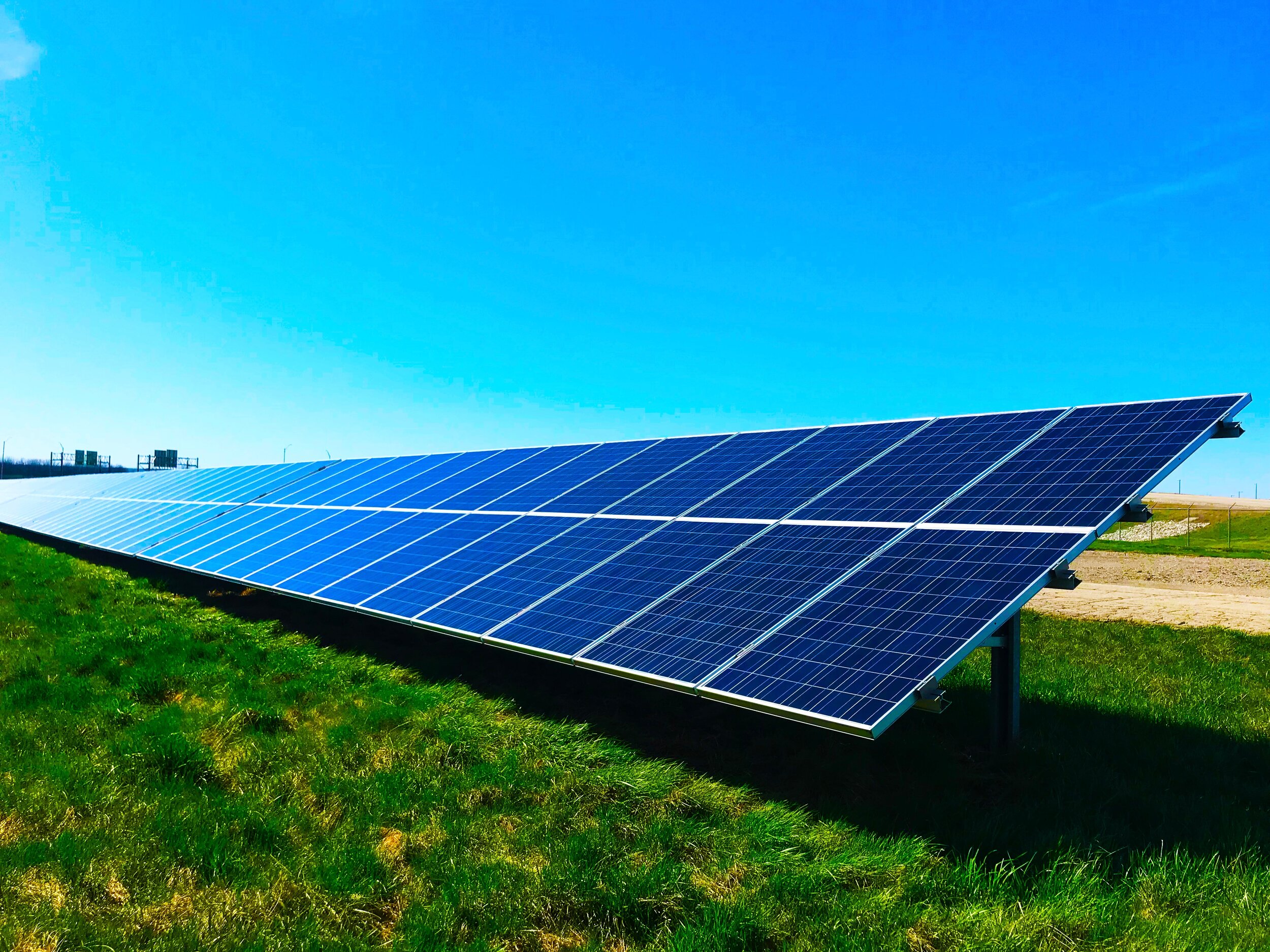What are "green" bonds?
Impact investments generate a positive environmental and social return in addition to a financial return. Identifying an impact investment requires an additional layer of due diligence that goes beyond the traditional investment process. Investors that take this extra step are called impact investors.
All investments have an impact. Impact investors tailor their impact towards environmental and social progress.
PWR's core investment models utilize broad, diversified funds that cast a wide net in terms of impact objectives. In addition, investors may choose to focus on target areas. Climate-focused impact investors, for example, invest in projects and entities that are actively working to improve the environment.
What is a bond?
A bond is a fixed income instrument that represents a loan made by an investor to a borrower. When companies and governments need money for specific projects, such as a new bridge or to expand their operations, they can issue a bond. The investors that buy the bond are lending the issuer the money they need for the project upfront. In return, the investors receive a fixed rate of return over a pre-determined timeframe.
What is a "green" bond?
A green bond follows the same structure as a traditional bond except the proceeds are used for green projects or refinancing eligible green assets. In other words, buying a green bond can help entities transition to our future, low-carbon, economy. Here are some examples of green bonds:
Apple issued the 2017 Green Bond to finance its transition towards renewable energy, build green buildings and improve water efficiency in their operations. For example, some of the bond proceeds were used to install solar rooftop systems to reduce emissions from their Japanese operations.
The city and county of San Francisco issued a bond to fund a hydroelectric facility, solar and wind projects, and energy-efficient streetlights.
Pepsi issued a bond to invest in eco-friendly plastics, sustainable packaging, and cleaner transportation.
What is the risk and return of green bonds?
Green bonds have similar risk and return characteristics to traditional bonds with comparable terms. The credit, or default, risk of a bond is measured by the issuer's ability to repay. The issuer's ability to repay is the same whether the bond's proceeds are used for green projects or not.
Who classifies a bond as green?
While green bonds are currently self-labeled, standards such as the Green Bond Principles (GBPs) offer credibility and can help prevent "greenwashing". Greenwashing is when funds use the "green" label even though the bond proceeds are used for unsubstantiated or misleading environmental benefits. Green bond issuers that follow the GBPs must document how the bond proceeds will be used, provide annual updates, and appoint an external reviewer to ensure the entire process was completed to the GBP standard.
Investing in green bonds can help hedge climate risks in your portfolio.
Many, including PWR, believe that climate and extreme weather-related investment risks are not being fully priced into the global markets. MSCI, one of the largest ESG data providers, recently acquired Climate Delta to make it easier for institutions to report and analyze climate risks on portfolios. Hank Paulson, the former CEO of Goldman Sachs and former U.S. Treasury Secretary, said he's struck by the similarities between our current climate crisis and the financial crisis of 2008.
Green bonds are not a panacea, but they are a tool in your toolbox. Including them in your portfolio, along with ESG-focused funds, will provide you with additional exposure to entities that are engaging in long-term planning and hedging their own climate risks.
Be more directed with your investment portfolio's impact.
In addition to meeting your financial goals, you can help entities accelerate their path to sustainability and better position your portfolio to address climate change and related risks. We can help.
Linda Rogers, CFP®, EA, MSBA is the owner and founder of Planning Within Reach, LLC (PWR). Originally from New Jersey, Linda services clients throughout San Diego county and nationwide. She leads the design of PWR's investment portfolios which utilize broad, low-cost investments that integrate environmentally, socially, and governance (ESG) factors.
Planning Within Reach, LLC (PWR) is a fee-only and fiduciary wealth management firm offering one-time comprehensive financial planning, ongoing impact-focused investment management and tax preparation services in San Diego and nationwide. PWR is a woman-owned firm that specializes in busy professionals and impact investors. Planning Within Reach, LLC and their advisors do not receive commissions and do not hold any insurance licenses or brokerage relationships.

